What Is Curry Spice? The Spicy Secret Behind Your Favorite Dishes Revealed!
Table of Contents
- Defining Curry: More Than Just a Spice
- Curry Around the World: A Flavor Tour
- The Core Ingredients of Curry Powder
- How to Use Curry Spice Like a Pro
- Curry Tips & Tricks: Unlocking Maximum Flavor
- Curry vs. Other Spice Blends: What Sets It Apart?
- Make Your Own Curry Powder: A Fun DIY Project
- Curry Fun Facts: Did You Know?
- Conclusion
Defining Curry: More Than Just a Spice
Let’s start with the basics. Despite its name, “curry spice” isn’t actually a single spice. It’s a blend — sometimes called “curry powder” — that originated in South Asia but has been adapted across cultures.
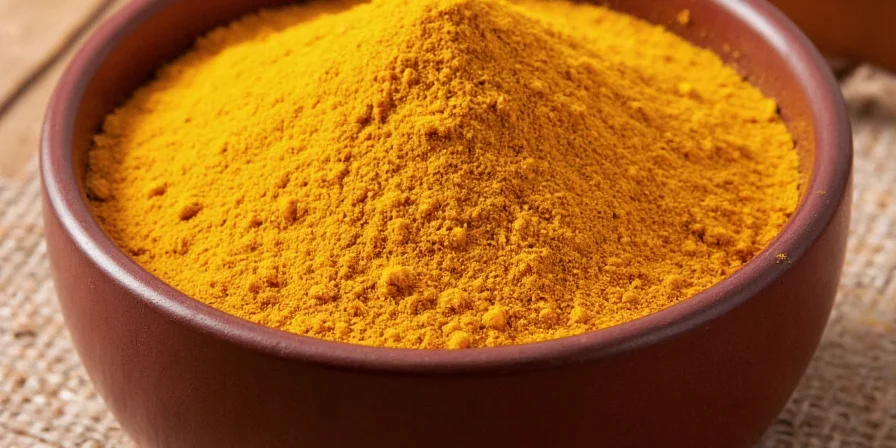
Think of curry as the culinary version of a symphony — multiple spices come together to create something greater than the sum of their parts.
Curry Around the World: A Flavor Tour
Depending on where you are in the world, “curry” can mean totally different things:
- India: Regional blends like garam masala, sambar powder, or madras curry powder.
- Thailand: Thai red, green, and yellow curry pastes (not powders), loaded with lemongrass, galangal, and chilies.
- Japan: Japanese curry is milder, often sweet, and used in dishes like kare raisu (curry rice).
- UK: British curry powder is usually a golden-yellow blend made for mass consumption.
| Region | Curry Type | Main Ingredients | Heat Level |
|---|---|---|---|
| India | Garam Masala | Cumin, coriander, cinnamon, cardamom, cloves | Mild to Medium |
| Thailand | Green Curry Paste | Chilies, lemongrass, galangal, kaffir lime | Very Hot |
| Japan | Rouge Curry | Turmeric, chili, ginger, sugar | Mild |
| UK | British Curry Powder | Turmeric, coriander, cumin, fenugreek | Mild |
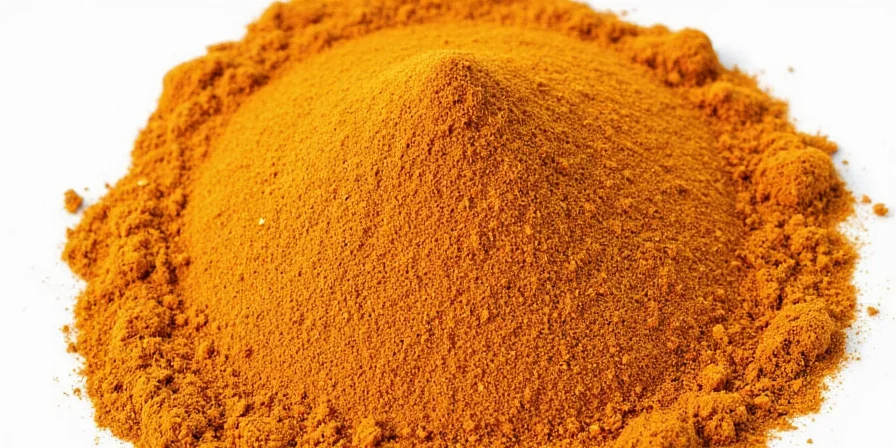
The Core Ingredients of Curry Powder
While recipes vary, most curry powders share these foundational spices:
- Turmeric: Adds the iconic yellow color and an earthy, slightly bitter note.
- Cumin: Brings smoky warmth and depth.
- Coriander: Offers citrusy, nutty undertones.
- Fenugreek: Sweet-musky aroma, used sparingly.
- Chili Powder: Adds heat; optional based on preference.
- Ginger: Brightens up the blend with zesty warmth.
- Cardamom/Cinnamon/Cloves: Often added for complexity in richer curries.
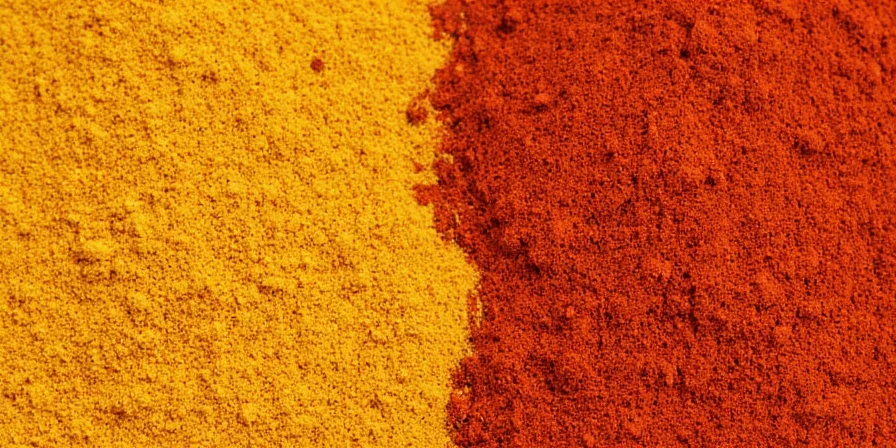
How to Use Curry Spice Like a Pro
Curry isn’t just for chicken tikka masala anymore! Here are some creative ways to use it:
- Add a teaspoon to scrambled eggs for a morning twist.
- Stir into lentil or chickpea soups for instant depth.
- Season roasted vegetables like cauliflower, carrots, or squash.
- Use in marinades for meats, tofu, or paneer.
- Mix into mayonnaise or yogurt for a curry-infused dip.
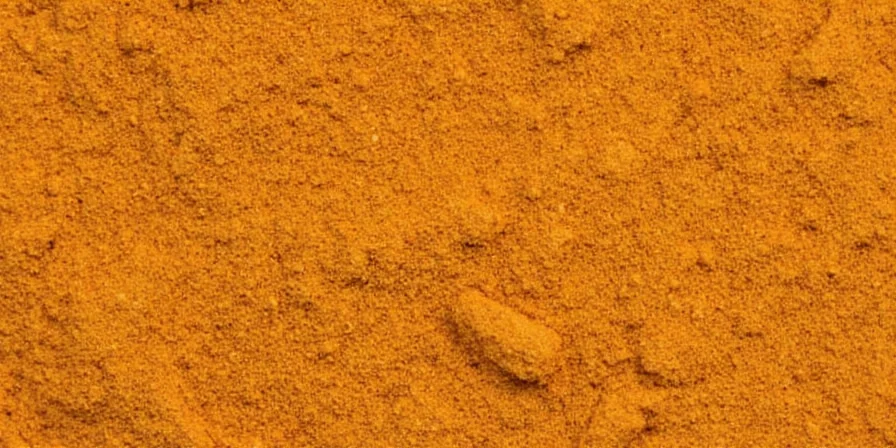
Curry Tips & Tricks: Unlocking Maximum Flavor
- Bloom your curry powder in oil before adding liquid ingredients. This wakes up the essential oils and intensifies flavor.
- Don’t overdo it — a little goes a long way, especially with hotter blends.
- Store curry in an airtight container away from light and moisture to keep it fresh.
- If a dish gets too spicy, add dairy (like yogurt or coconut milk) or a touch of sweetness (like honey or brown sugar).
- Try mixing different curry powders for unique flavor combinations — like Indian meets Thai!
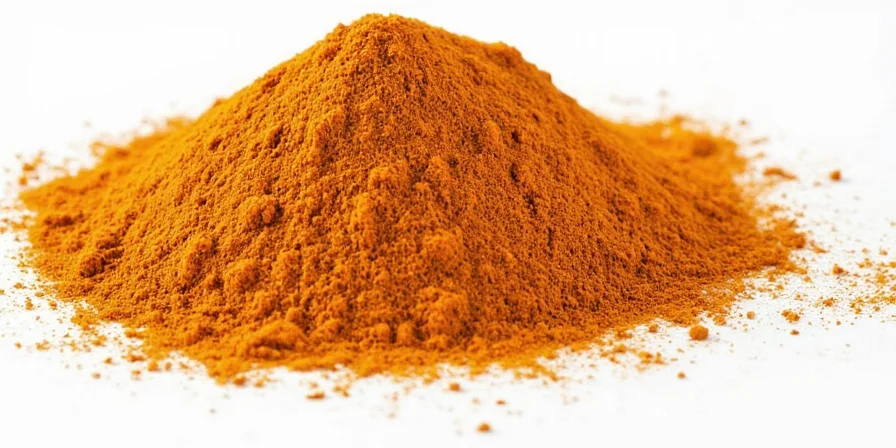
Curry vs. Other Spice Blends: What Sets It Apart?
Let’s compare curry powder to other global spice blends:
| Spice Blend | Origin | Key Flavors | Common Uses |
|---|---|---|---|
| Curry Powder | India/UK | Earthy, warm, turmeric-forward | Soups, stews, rice dishes |
| Garam Masala | India | Floral, peppery, sweet-spicy | Finishing touch on meat dishes |
| Harissa | North Africa | Smoky, hot, garlicky | Grilled meats, tagines, dips |
| Old Bay | USA (Maryland) | Peppery, celery-like, salty | Seafood seasoning |
| Chinese Five Spice | China | Sweet, licorice-like, spicy | Roasted meats, stir-fries |
Make Your Own Curry Powder: A Fun DIY Project
Ready to get experimental? Here’s a basic homemade curry powder recipe you can tweak to your taste:
Basic Homemade Curry Powder Recipe- 2 tbsp ground turmeric
- 1 tbsp ground cumin
- 1 tbsp ground coriander
- 1 tsp fenugreek
- ½ tsp ginger powder
- ½ tsp chili powder (adjust to taste)
- Optional: pinch of cinnamon or cardamom
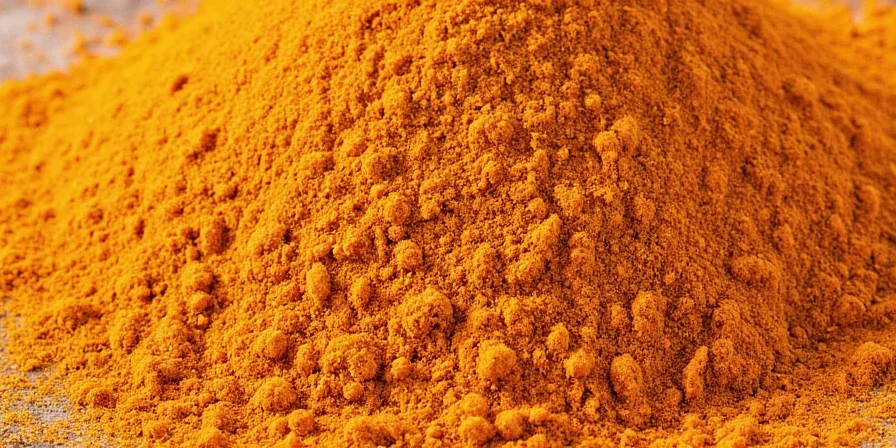
Curry Fun Facts: Did You Know?
- The word “curry” likely comes from the Tamil word kari, meaning sauce or relish.
- There’s no one “authentic” curry powder. Every family and region in India makes their own version.
- In Japan, curry is considered comfort food — second only to ramen!
- Curry was introduced to Britain by returning colonial officers and became wildly popular during the Victorian era.
- The spiciness of curry doesn’t always come from chili — sometimes black pepper or ginger gives it heat.
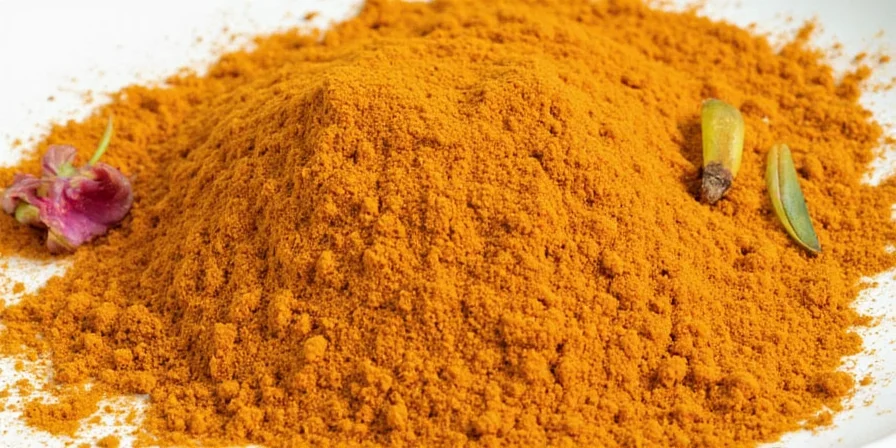
Conclusion
So, what is curry spice? It’s more than a powder — it’s a passport to global flavors, a flavor enhancer, and a kitchen staple that deserves a permanent spot in your pantry.
Whether you're using it to season your next stew or whipping up a batch of homemade curry paste, remember this: curry is not just about heat. It’s about harmony, history, and heart.
Now go forth — bloom that powder, blend those spices, and make your kitchen smell like a tropical spice market. Your taste buds will thank you!

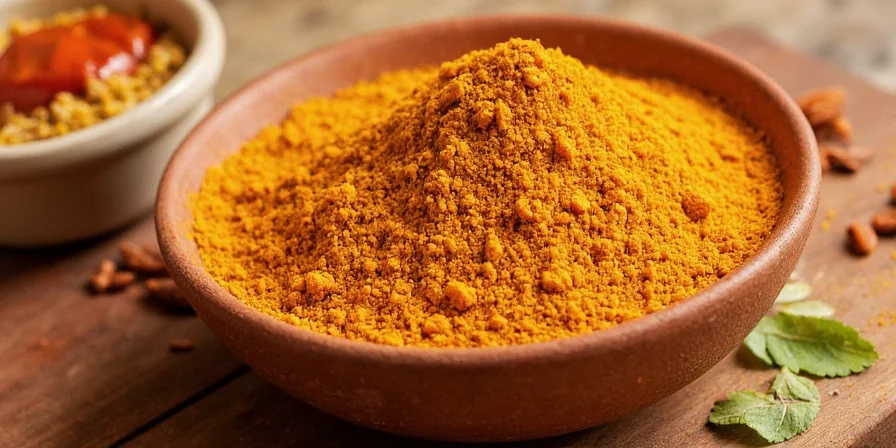









 浙公网安备
33010002000092号
浙公网安备
33010002000092号 浙B2-20120091-4
浙B2-20120091-4